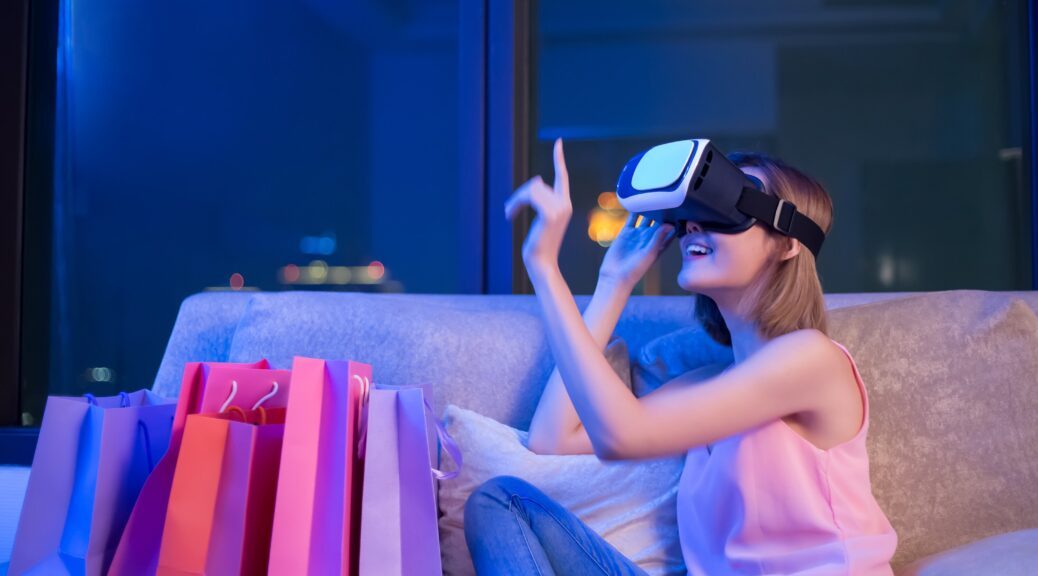While the phrases augmented reality (AR) and virtual reality (VR) are commonly used interchangeably, they are two distinct forms of technology with which your clients might interact.
According to a report, the augmented reality market is worth $30.7 billion, with roughly 810 million active smartphone users. And by the year 2024, the total global virtual reality (VR), augmented reality (AR), and mixed reality (MR) market is estimated to reach around $300 billion.
What is AR and VR Shopping?
Virtual reality (VR) is an artificial, simulated environment that gives an immersive experience. Augmented reality (AR) is the technology that enriches the real physical world with digital overlay features.
Both retailers and customers benefit from creating a virtual shopping experience. It can lower overall operating expenses and provide immersive experiences for customers to test out and modify before purchasing.
How Has AR And VR Advanced Over The Years?
In the past years, augmented and virtual reality technologies have advanced significantly. What began as a niche technology mainly aimed at gamers and computer enthusiasts has evolved into the retail industry’s future.
While augmented reality and virtual reality are not new concepts, the rise in online purchasing has increased customers’ and company’s interest in these growing technologies.
In fact, according to a future of retail research, 33% of businesses are interested in providing AR and VR experiences, while 39% of Millennial and Gen Z shoppers are interested in AR and VR purchases.
How Is AR And VR Shopping Already Used?
American Apparel has developed an augmented reality app to deliver more information about their,
• Products,
• Stock availability,
• Colour options,
• Customer reviews.
This AR app simplifies the buying process by combining the involvement of the customers to increase sales.
Another great example of AR experience is the Sephora Virtual Artist. Customers can see makeup or new hairstyles applied to a digital overlay of their face in Sephora’s AR app. Sephora Virtual Artist has 200 million hues tested on and over 8.5 million visits since its inception.
How Will AR And VR Shopping Be Used In 2022?
Retailers can create virtual showrooms or virtual storefronts to bring a new degree of fascination to the online purchasing experience. AR and VR provide clients with a virtual experience similar to going to a physical store without leaving your house.
Ecommerce stores are trying to incorporate virtual try-in solutions through VR and AR apps. These apps are available for clothing, makeup, eyeglasses, and furniture.
Top AR And VR Shopping Trends And How Will They Transform Ecommerce?
Gen Z and Millennials, in particular, are the new types of online buyers who want to connect with products digitally before visiting a store. These consumers like to engage in a digital environment using AR and VR technology, allowing them to find things and test them on before purchasing. These changes result in various AR and VR trends in eCommerce.
Top AR and VR trends transforming eCommerce include,
• In-Store Navigation,
• VR Try-On Solutions,
• VR for Homes and Apartments,
• Interactive customer Manuals,
• AR Filters,
• Virtual Reality for In-Store Experience.




